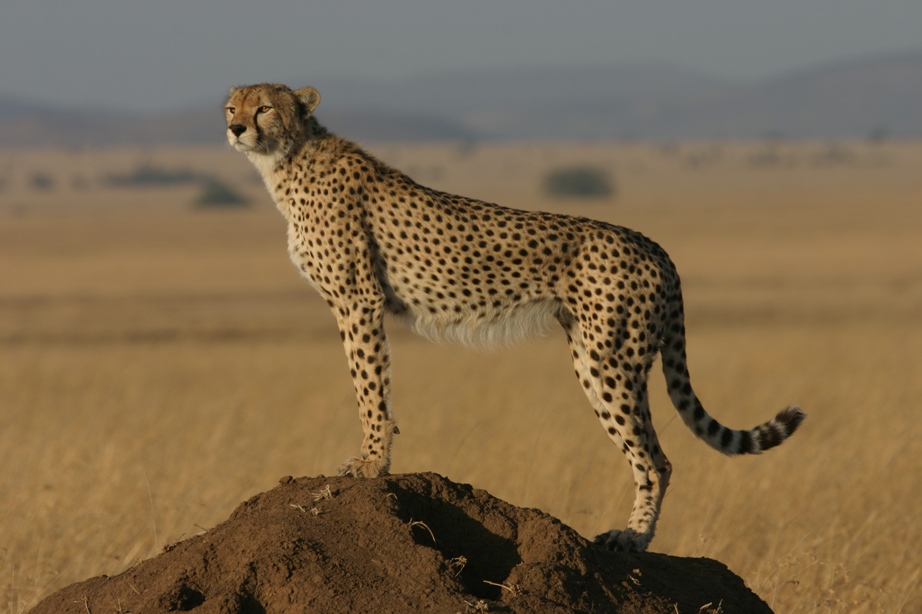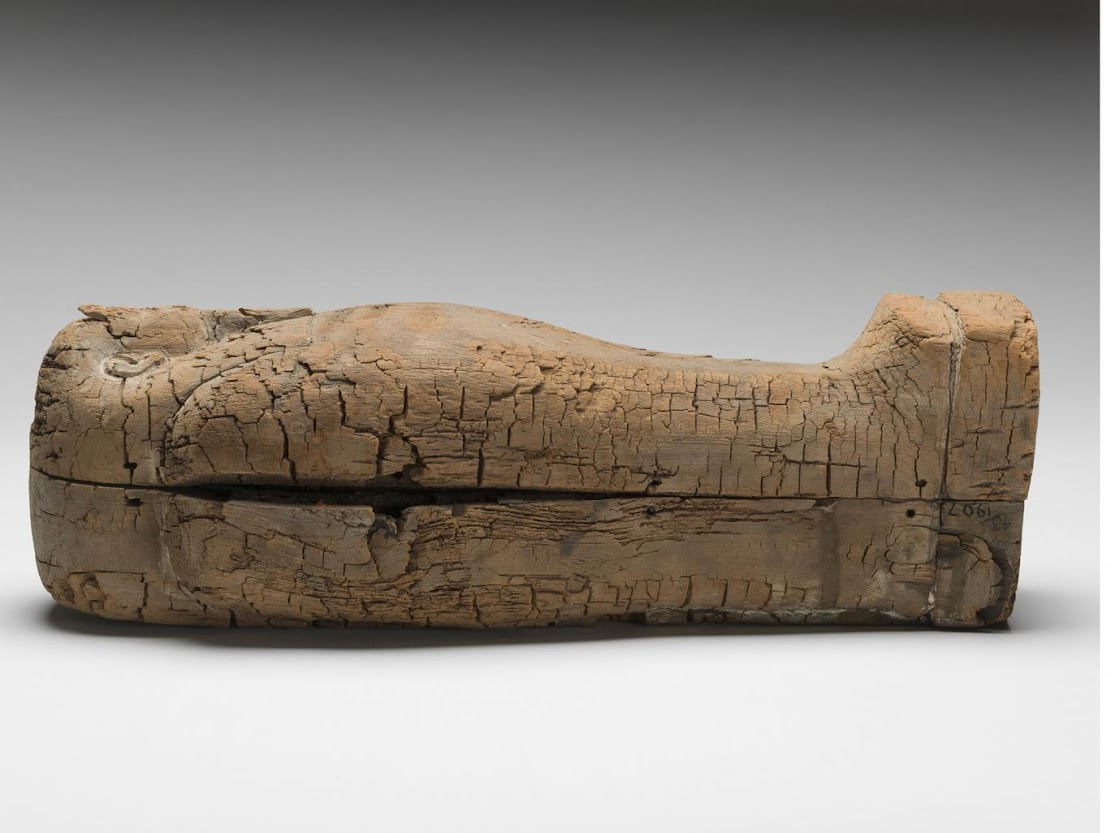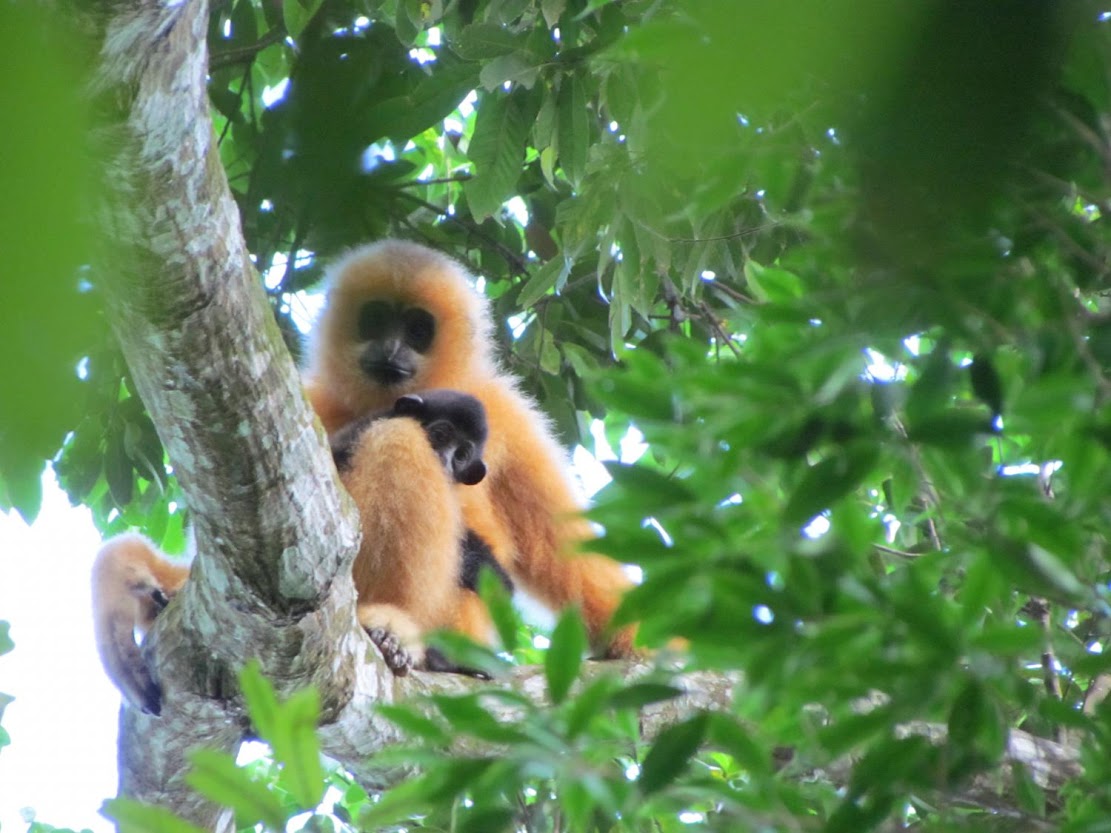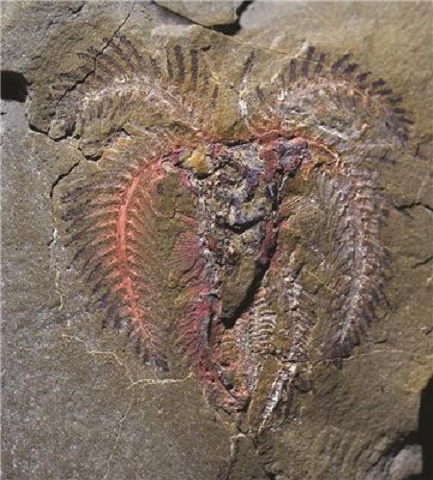The Great London [Search results for Society]
Greater Middle East: Ancient papyri deciphered by armchair archaeologists

North America: Archaeologists piece together how crew survived 1813 shipwreck in Alaska

Natural Heritage: Sprinting towards extinction? Cheetah numbers crash globally

Natural Heritage: First global analysis indicates leopards have lost nearly 75 percent of their historic range

Near East: Youngest ancient Egyptian human foetus discovered in miniature coffin

Environment: Wildfire on warming planet requires adaptive capacity at local, national, international scales

Cambodia: Archaeologists digging in search of common people at Angkor Wat

More Stuff: 'Papyri from Karanis: Voices from a multi-cultural society in ancient Fayum' at the Egyptian Museum in Cairo

UK: More than one in ten UK species threatened with extinction

Travel: 'Ancient Egypt Transformed: The Middle Kingdom' at Metropolitan Museum of Art, New York

Natural Heritage: Ancient Chinese archives track decline of rare apes

Uganda: Conservationists 'on the fence' about barriers to protect wildlife in drylands

Genetics: A federal origin of Stone Age farming

Morocco: Spectacular Moroccan fossils redefine evolutionary timelines

Ecosystems: Humans artificially drive evolution of new species

Scotland: Patrick Matthew: Evolution's overlooked third man

Natural Heritage: Fate of turtles, tortoises affected more by habitat than temperature

Evolution: Study sheds light on the function of the penis bone in male competition

Oceans: Major shortfalls identified in marine conservation

Natural Heritage: Discovery of young family gives hope to world's rarest ape
